10 Powerful Gods & Goddesses of Celtic Mythology
Discover the intriguing stories behind the most prominent gods and goddesses of the Celtic pantheon.
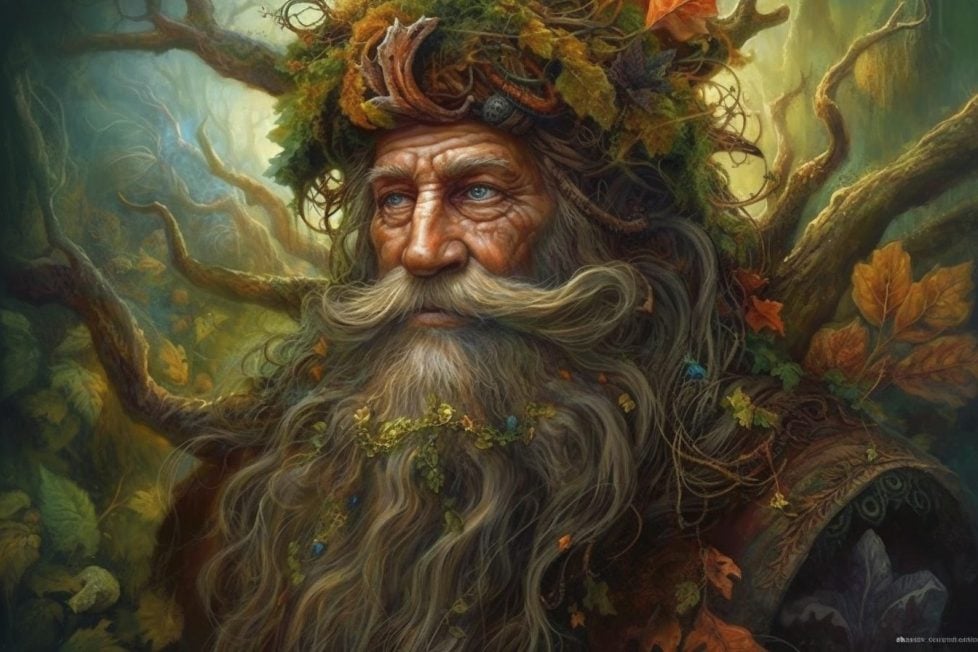
Discover the intriguing stories behind the most prominent gods and goddesses of the Celtic pantheon.

Table of Contents
ToggleLike American indigenous peoples, the Celts didn’t build their language for writing, and much of their traditions and mythologies were passed down orally by the druids of Celtic society for over 3000 years. When Christian monks arrived on the scene in 431 CE, they began creating a written canon for Celtic mythology that still exists as the world’s best relic in their mythological teachings. Unfortunately for us, Christians of the time take creative freedom with their writings and may only sometimes portray the most accurate accounts of other cultures. The result is a mythology inspired by more heavily recorded cultures like the Greeks and Romans. We are still determining whether our understanding of Celtic mythology is more fact or fiction.
Due to the significant disparity between the different subsets of Celtic mythology, our information on the Celtic gods spans several other stories, cultures, and theories. This results in nearly 300 gods mentioned by name in the primary source material. Here is a list of the 10 most recognized Celtic deities and their close relative Norse and Greek counterparts.
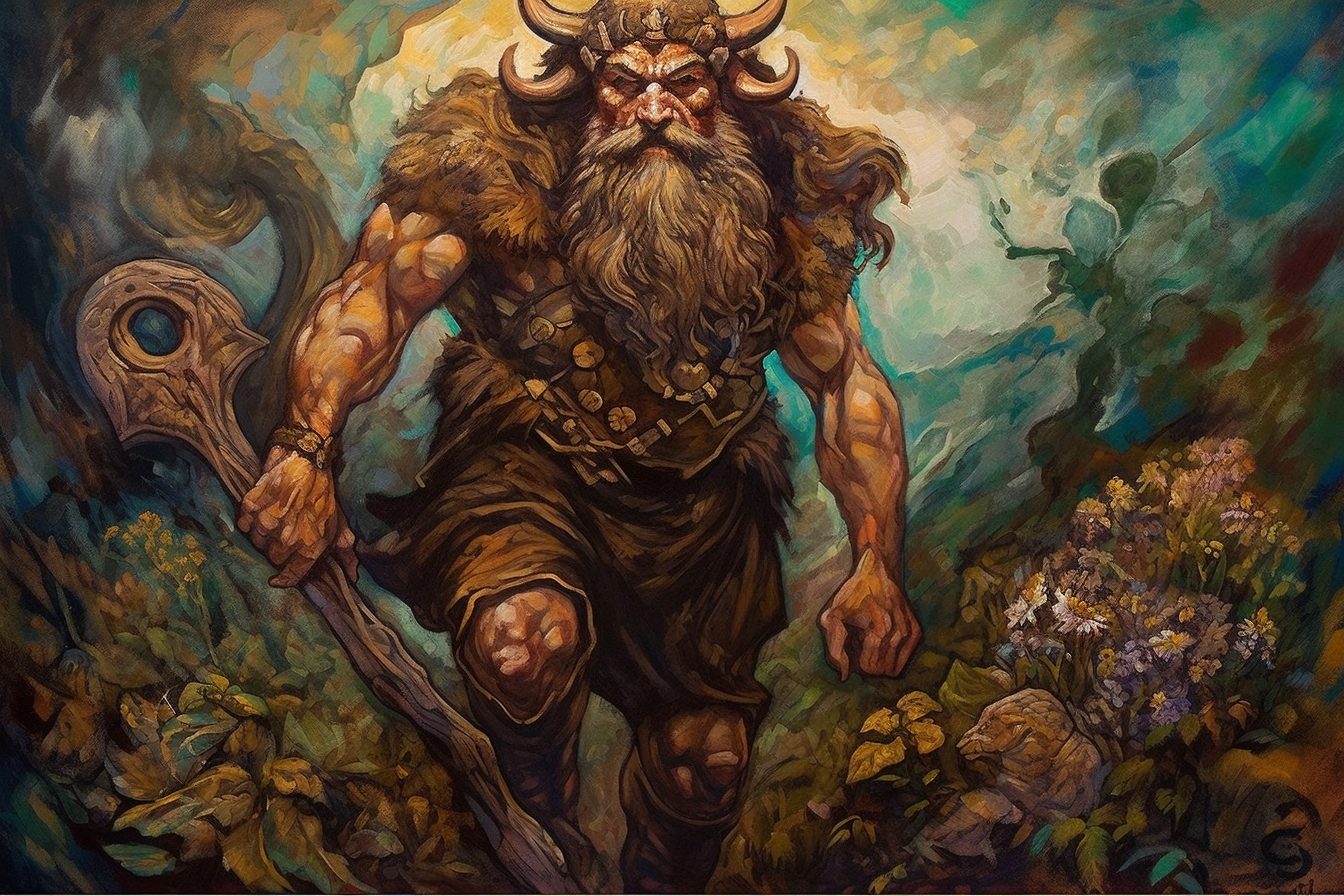
The Dagda’s name translates to “The Good God,” described as the leader of the Celtic pantheon. Physically he is depicted as a large bearded man carrying a club around. In many ways, The Dagda has assumed the role of the Norse Odin in Celtic mythology as the most powerful god in the Celtic mythos. Like the Greek Zeus, The Dagda fathers most of the well-known Irish Celt gods, and rules from his divine throne. He is primarily associated with the the club and cauldron as symbols of wisdom, strength, and abundance. Much like the other gods of Celtic mythology, The Dagda is said to belong to a race of supernatural beings called the Tuatha dé Danann.
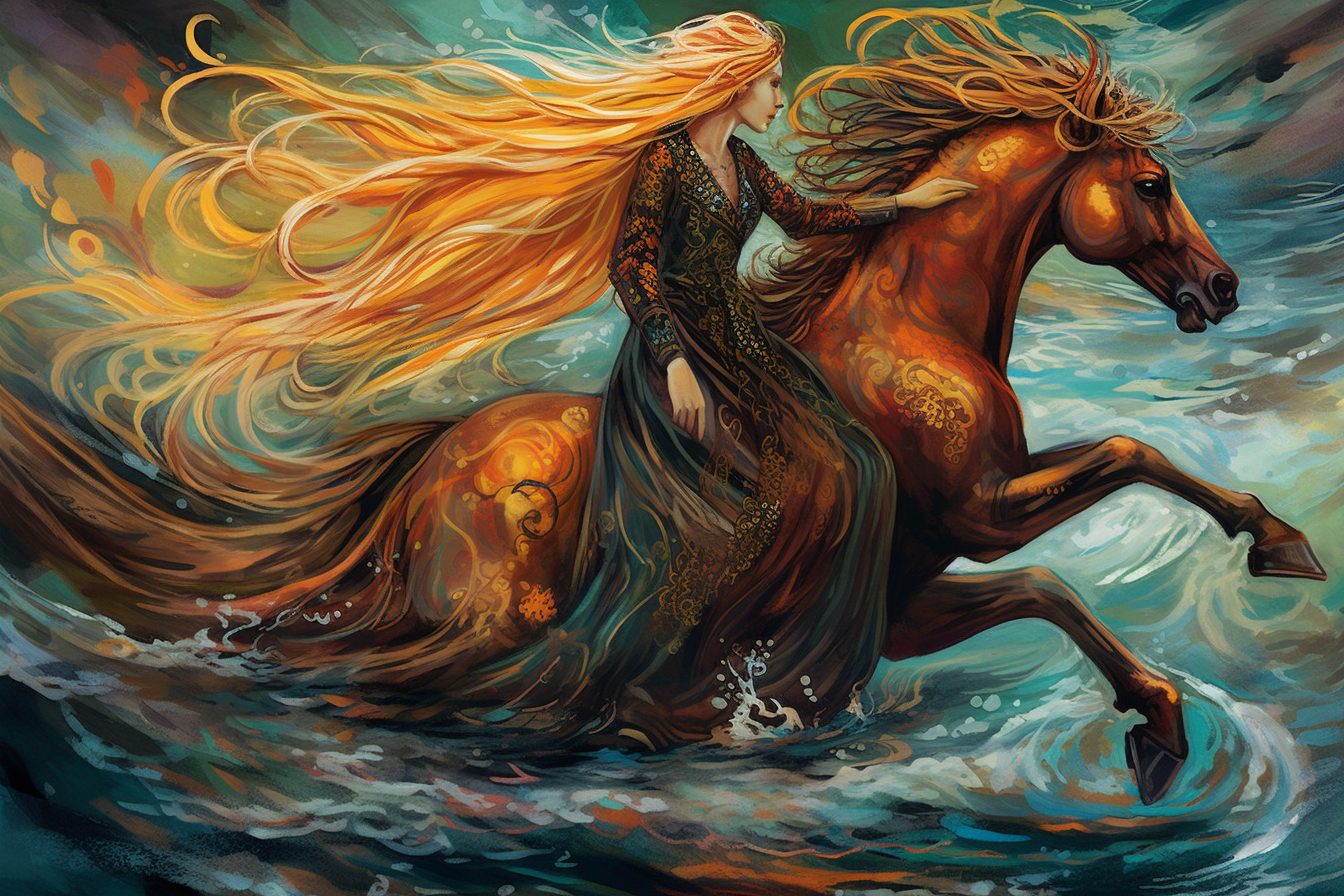
Danu is The Dagda’s counterpart and the matriarch of power in the Celtic pantheon. Some sources describe her as a mortal woman who is the ancestral figure to the Gods, but some speculation remains about her role in the creation myth of the Celts. Only a few accurate physical representations of Danu exist today. Still, the symbols often associated with Danu are the fish, seagulls, horses, water, wind, crowns, keys, gold, amber, and the triple goddess symbol, which is supposed to represent the maiden, mother, and crone, the three stages of a woman’s life cycle.
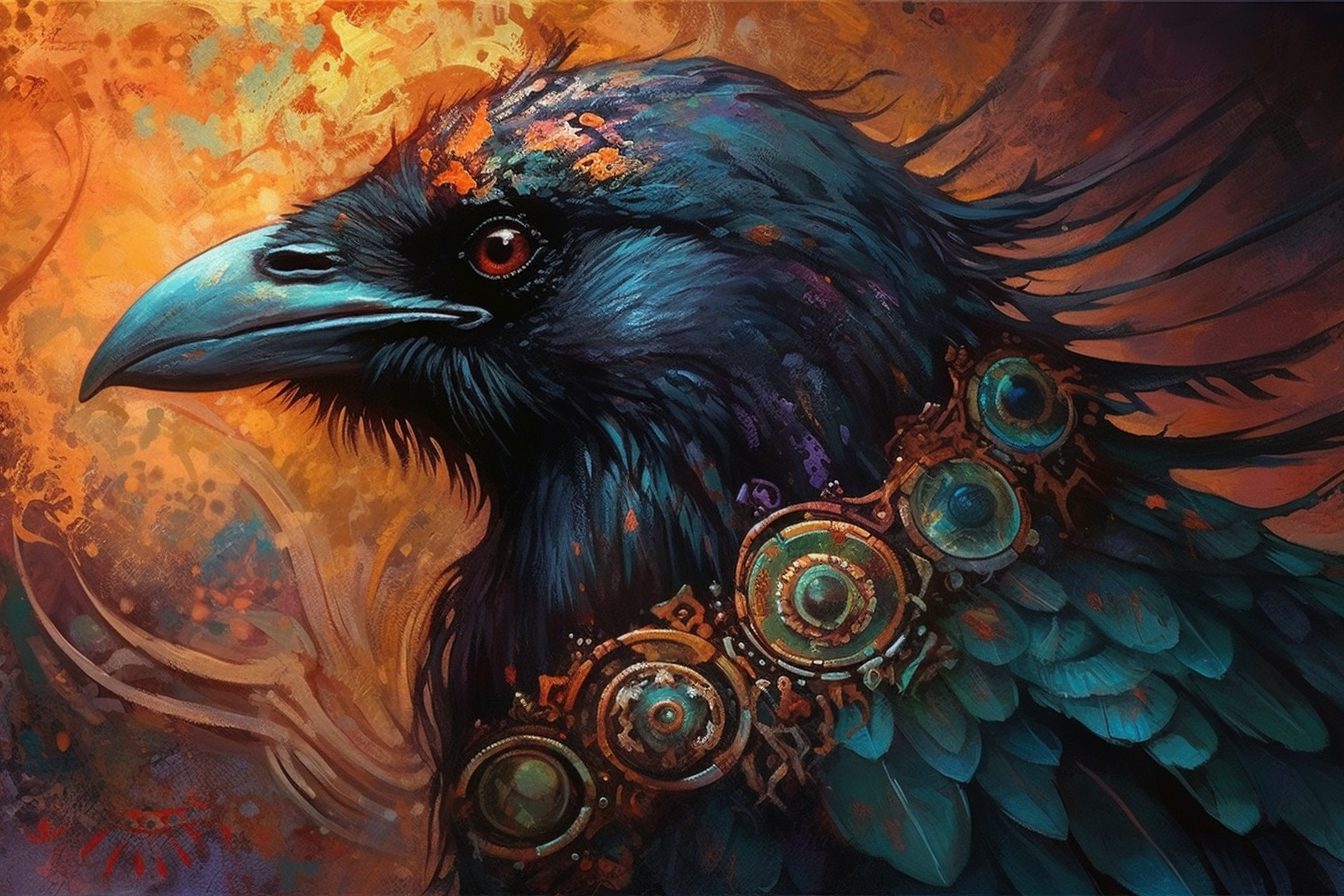
The Morrigan was a Celtic version of the Nordic Valkyrie. She took the shape of different animals, most often a crow named Badb, and often inspired warriors to be heroic and brave. Many battles in Celtic folklore attribute victory to the guiding hand of the Morrigan. The Morrigan is depicted as the wife of The Dagda. While in her shape-shifted form of Badb, she is said to be the wife Niet, the god of war. Morrigan’s name is translated to “the phantom queen” and is most likely the inspiration for Arthurian legends as the evil sister Morgana. Some historians suggest that the tale of King Arthur is inspired by more of a cultural battle between Britonnic and Celtic cultural wars.
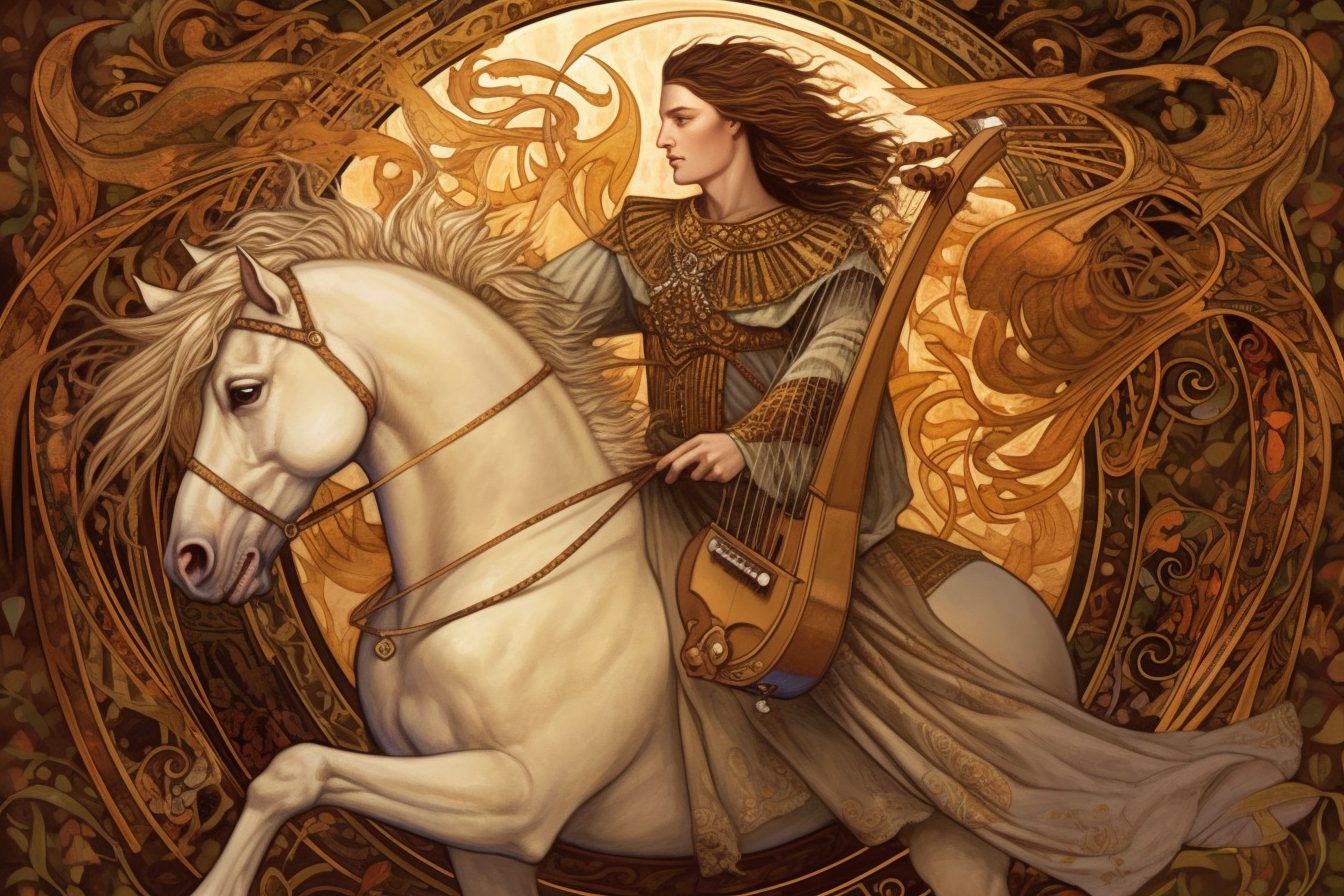
Aengus is a Celtic god of love and the son of The Dagda. He has played an integral role in many Irish myths since the height of Celtic culture. Being the god of love, the most famous story of Aengus is his love story with Caer Ibormeith, a woman who becomes a swan due to a curse during Samhain (Halloween). Aengus claims to know her even as a swan, and when he finds her, they fly away together in happiness. The Greek equivalent of Aengus would be Hermes, the godly messenger, or Cupid. His name in Irish means “vigorous,” and he is known for carrying around several mythical artifacts. Just because Aengus is a lover doesn’t mean he isn’t a fighter because he carries two swords named “the great fury” and “the little fury” and two spears of power. He plays songs to maidens and youths using a golden harp and kisses lovers, which instills memories of better times when they part. Aengus rides a white horse that needs to be unbridled at night or sheds water and drowns those nearby, which happens in a poem to two cattle ranchers.
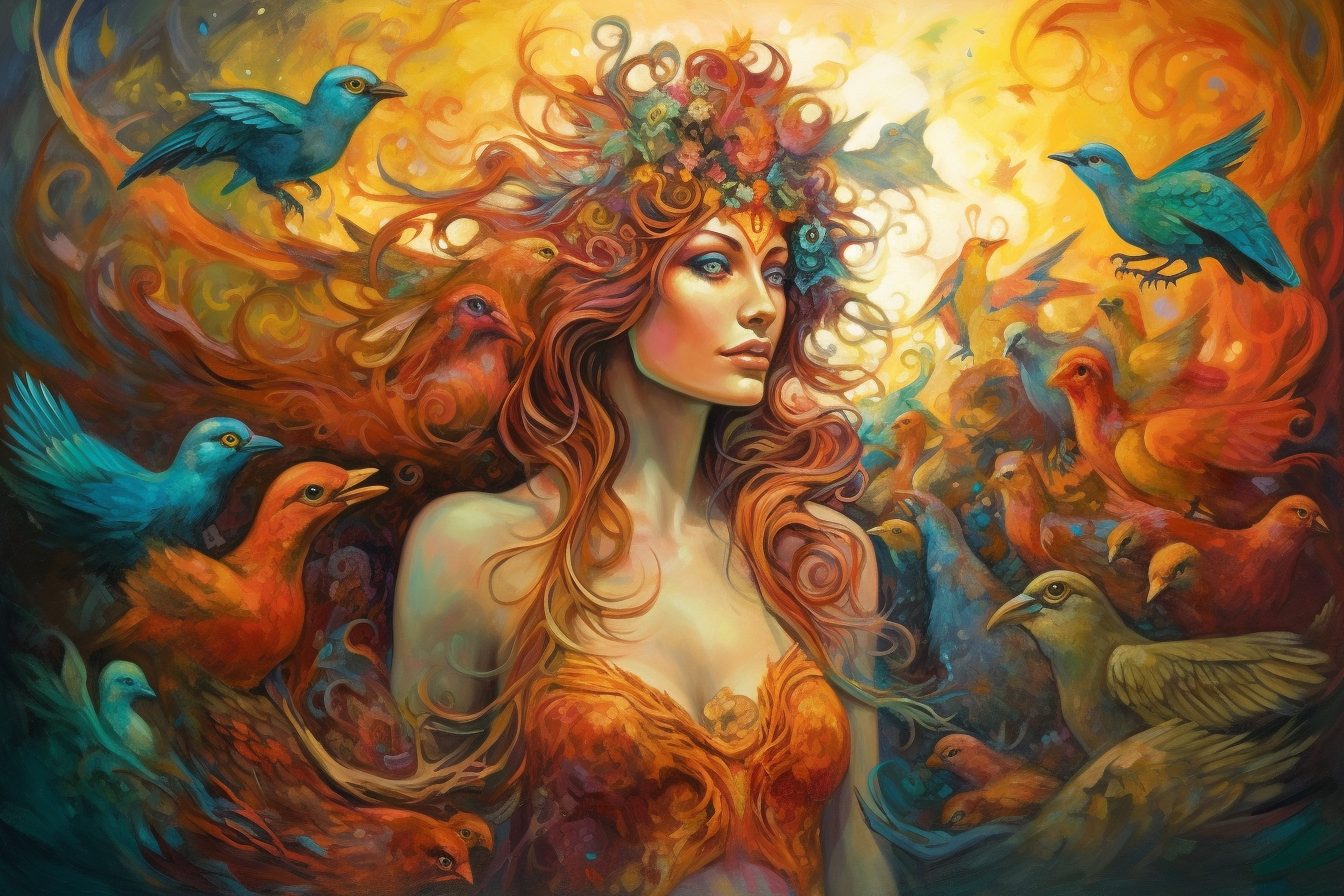
If Aengus is the god of love, his goddess counterpart would be Cliodhna, the goddess of beauty. She surrounds herself with brightly colored birds that eat from a tree from the Otherworld. Instead of Eve’s fruit-eating being humanity’s doom, Cliodhna uses it to heal those sick and suffering from famine. Her story sometimes turns dark when she drowns, crossing the sea for her mortal lover. Depending on the retelling of the story, she may die and become another entity known as “the queen of the banshees.” Funnily enough, Cliodhna’s legend of kissing the Blarney Stone in Ireland became popular after the ruler of Blarney Castle prayed to her. She told him, “Whoever kisses the blarney stone will be granted the ability to deceive.” Her symbol in Celtic culture is the three birds.
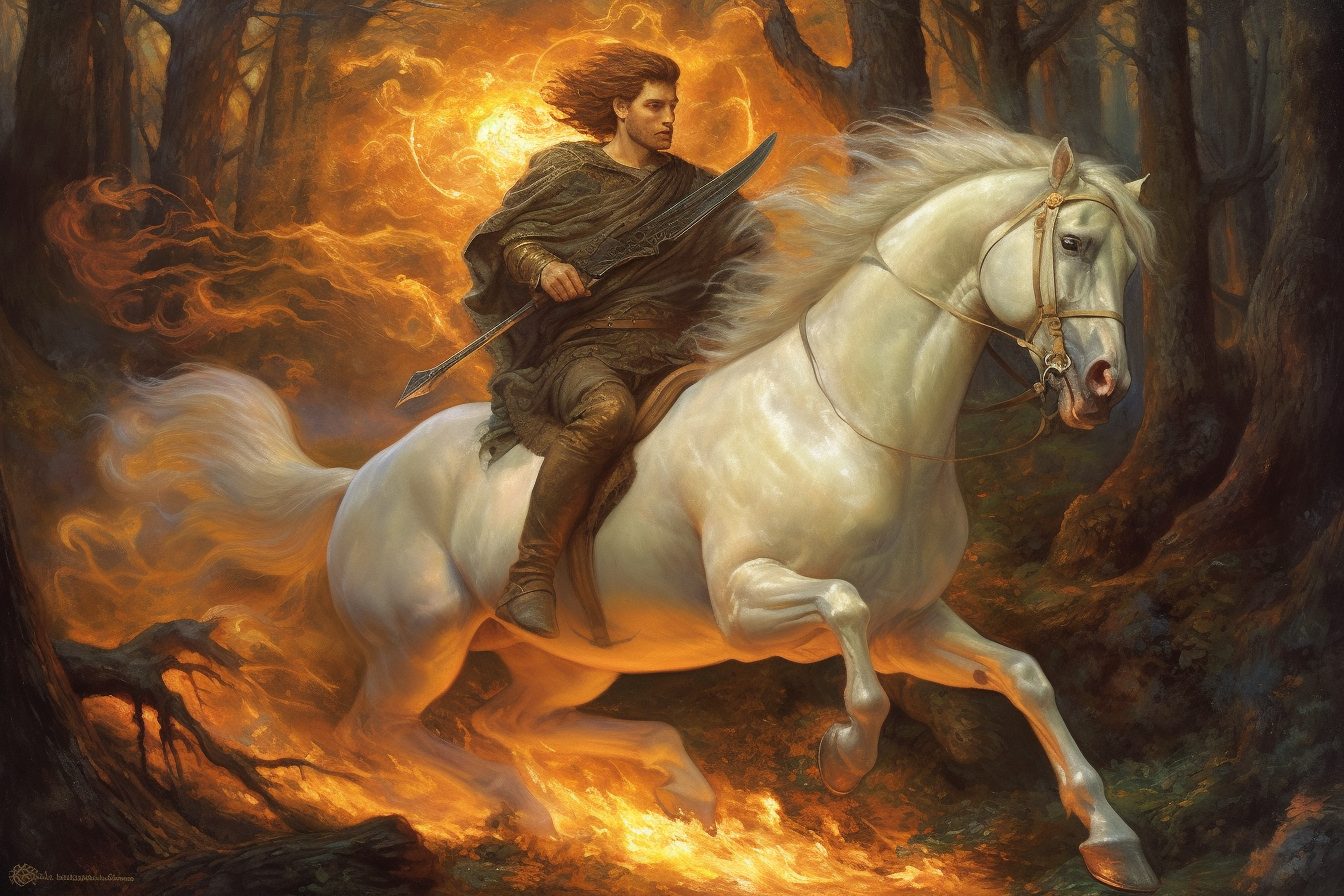
Lugh is an Irish mythological warrior god who is considered the creator of several sporting events from Celtic culture. He often carries with him a flaming sphere and rides a white horse into battle along with his trusty hound Failinis. He is a young warrior who is large and handsome with bright red cheeks and bronzed skin. Several stories of Lugh show him as the king of humans, and most of his stories align with a sort of demigod/folk hero rather than an actual god. Lugh’s command of storms brings Thor to mind as his Nordic counterpart, but a story of him slaying a god named Balor, the evil god of chaos, draws similarities to Loki’s killing of Baldr. Lugh is often depicted as a master craftsman with no equal and is responsible for creating Ireland’s version of the Olympic games. Most recreational activities like chess and fishing are associated with Lugh; he is a great king and man in most myths. He ends abruptly when the grandchildren of The Dagda kill him in revenge for killing their father, Cermait. Lugh’s propensity for art has made him designated as “the inventor of all art” by the Romans.
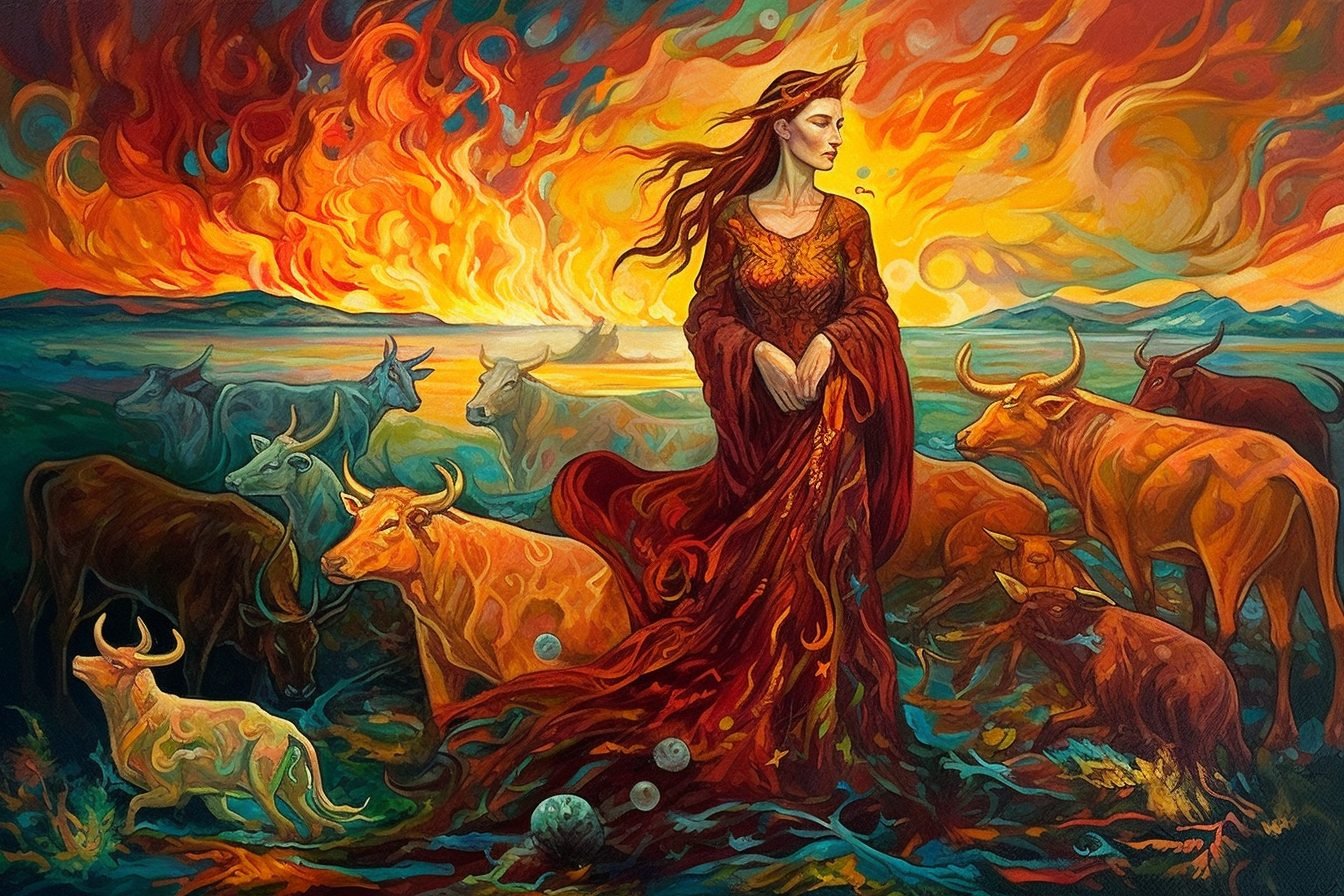
Brigit is the daughter of The Dagda and the goddess of protection and wisdom in Celtic mythology. She is like the Greek Athena, and many believe she is the inspiration for Saint Brigid in the Christian faith. She is known for being a physician and protecting those who need it, like domesticated animals. She is the “goddess adored by poets” and a radiant beauty for all. Her name means “the high one” in old Irish. The Celts worshiped her in conjunction with Lugh due to her abilities in smithing and crafting while also being a bastion of light. Many deities share a name with Brigit in Celtic and other cultural traditions, and tales of her create the basis for modern ideas of motherly family households. Her symbols include fire, wells, and cattle, all bringing life in different ways.
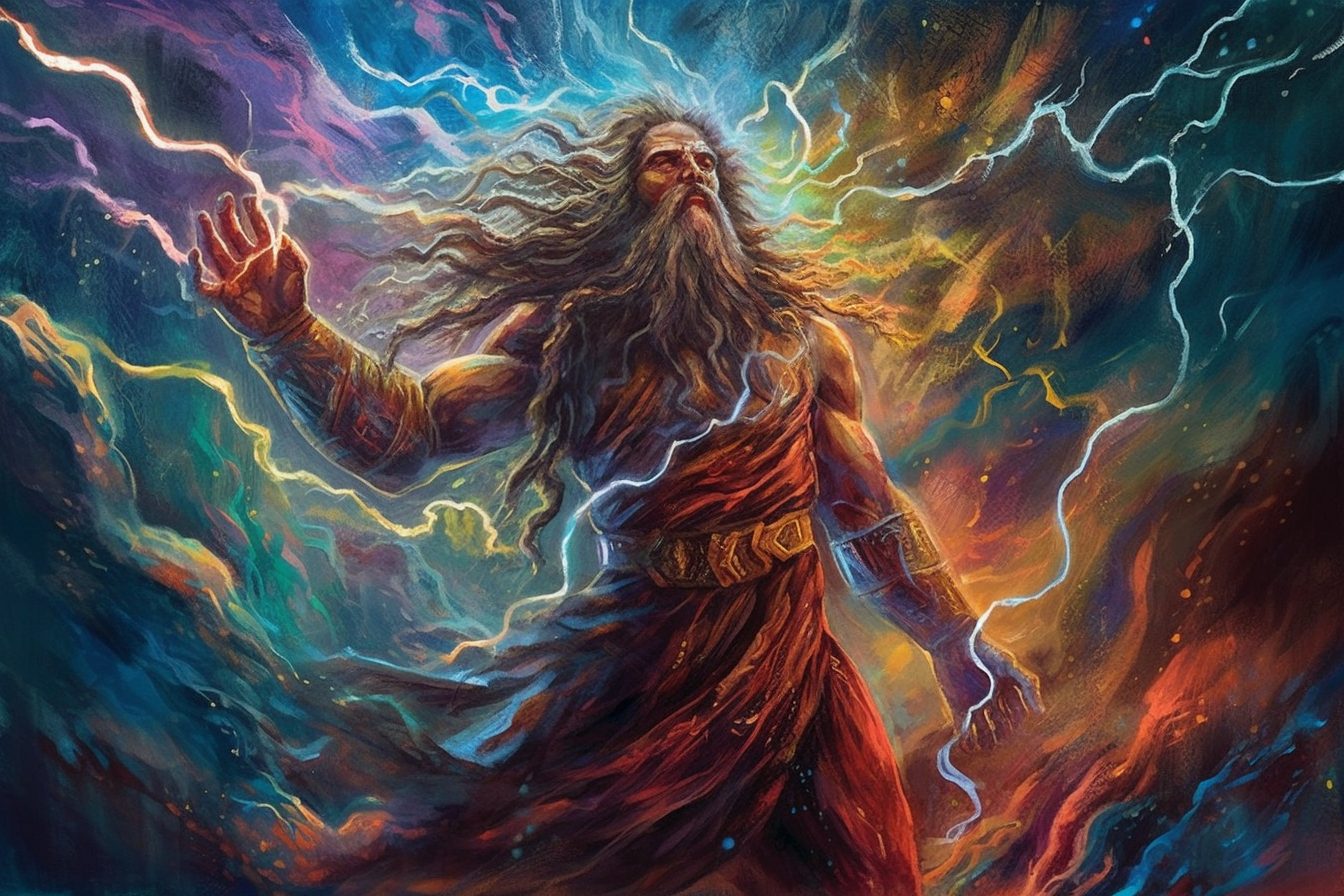
Taranis is the Celtic god of thunder and has drawn most parallels to the Nordic Thor. Both of their names come from similar dialects and they both tend to be seen as worker gods, while Thor carries a hammer and Taranis carries a wheel. Many Gaelic artifacts depict Taranis, one of the most recognizable figures in Celtic mythology. Like Thor in Norse mythology, there are several images of Taranis fighting a giant serpent, possibly coming from the same mythological roots. He is a tall, bearded man; his symbols include the wheel and a lightning bolt.
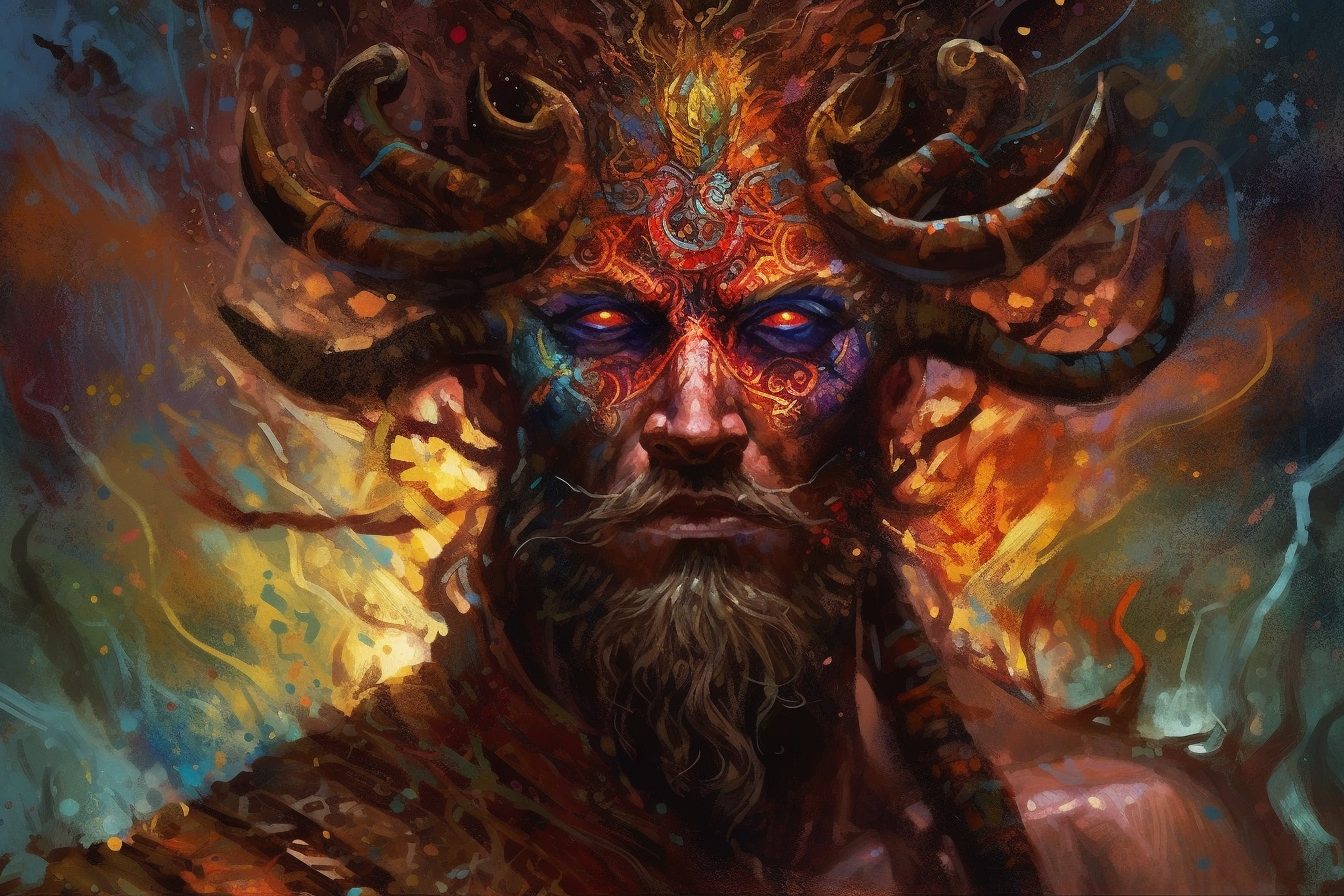
Balor is the Celtic god of chaos and leader of a demonic race called the Formorians, who were believed to have threatened the Irish Celtic people. He usually is depicted as having one eye, or three, which, when opened, causes a wave of destruction like the Greek Cyclops. As a result, seven different coverings usually cover his third eye to ensure destruction isn’t caused when not intended. If you have ever heard of the term “eyes in the back of your head,” they may refer to Balor because he has eyes behind him. In J.R.R. Tolkien, the eye of Sauron is likely an idea he originated from Balor symbolism.
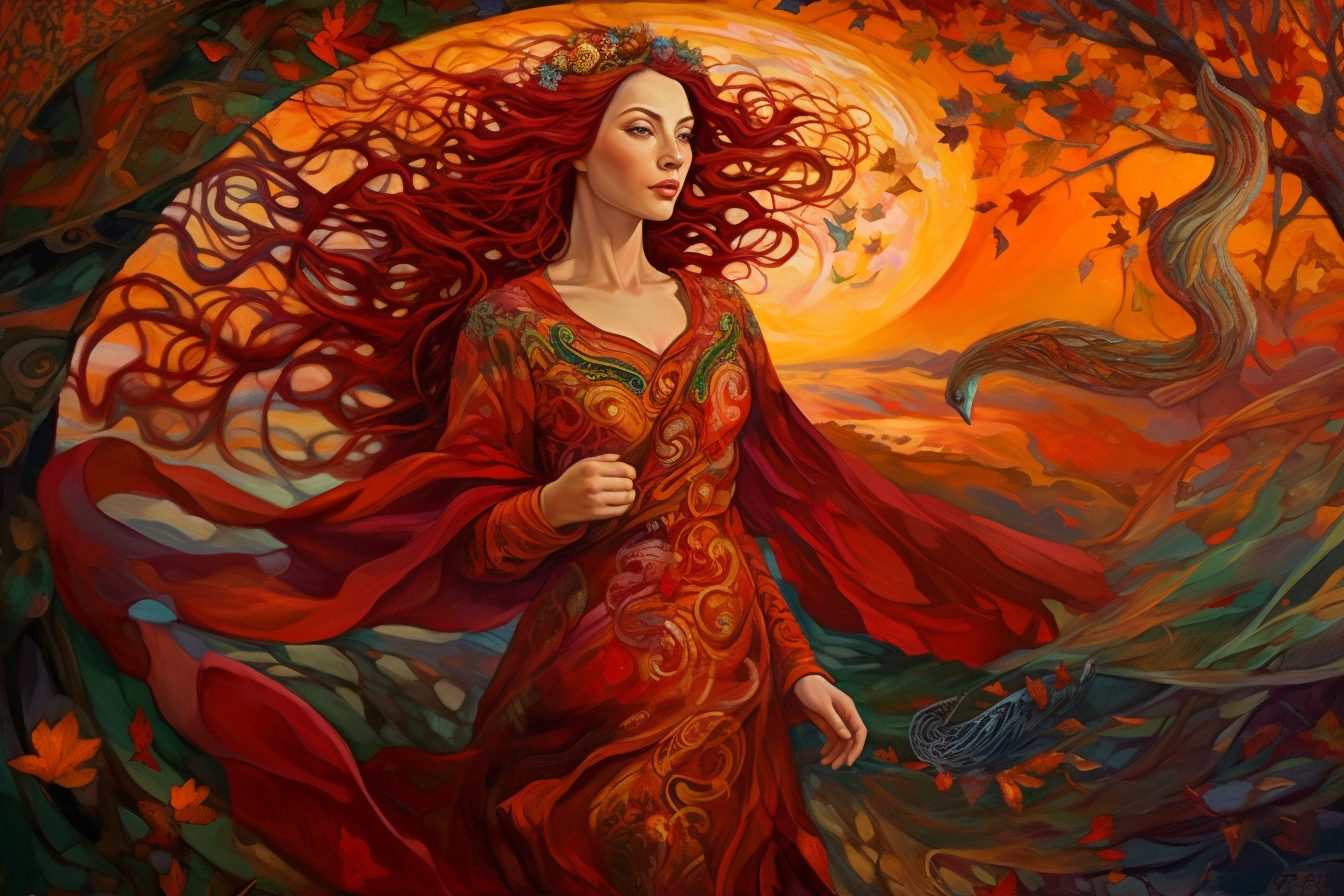
Aine is the fairy goddess of joy and is often confused with Danu. One thing Aine is responsible for in the myths is changing the seasons. When seasons changed for farmers during the Celts, it brought wealth to the community. The most famous story of Aine is when she enacted revenge on a king for trying to force himself on her. She maimed him and ensured that anyone who saw him would know of his acts, and he would feel shame. There is also an old Irish law that claims only a fresh face could rule, which may have origins in this fold tale. One of the most popular old Irish holidays, the Midsummer Night, is held in her honor as she has the power to grow crops and create rain. In legend, she looks like a red mare and has the symbol of the rising sun.
While we can never be sure whether the gods of the Celtic myth exist in their vacuum or are just offshoots of previous Greco-Roman archetypes, it is evident that Celtic mythology played a significant role in current human mythology and beliefs. Popular holidays like Christmas and Halloween start here in Celtic cultural celebrations. If these stories and gods teach us anything, everything we do to make sense of our place in the world we explored in the past, and with their help, we may come closer to discovering the truth about ourselves.
Celtic mythology comes from Western European Celtic peoples who were spread across the continent from Germany to Spain and the British Isles from the Bronze Age 3000 BCE to 1100 BCE. Today the most significant genealogical and cultural connection with the Celtic people is in Ireland, Scotland, and Wales. It is currently unknown which region Celtic society began, with many historians having varied views on which direction they migrated from. The Celtic language is very similar to Norse, and many signs point to their cultures clashing and leaving inspiration from each other throughout history. As a result, many Nordic Gods and myths follow the same logic and characters as the Celts.
Popular culture often portrays Celtic Mythology as a naturalist pagan religion that relies heavily on natural resources like trees, the sea, and animism. Anyone who has played popular role playing games and found the Druid as a playable class or background character within sees the most popular forms of Celtic mythological practices. J.R.R. Tolkien’s Elves are also heavily influenced by mythical figures and fairies written in Celtic lore. Similarly, J.R.R. Tolkien’s villains Sauron and the Balrog take inspiration from the evil figures in Celtic myth.
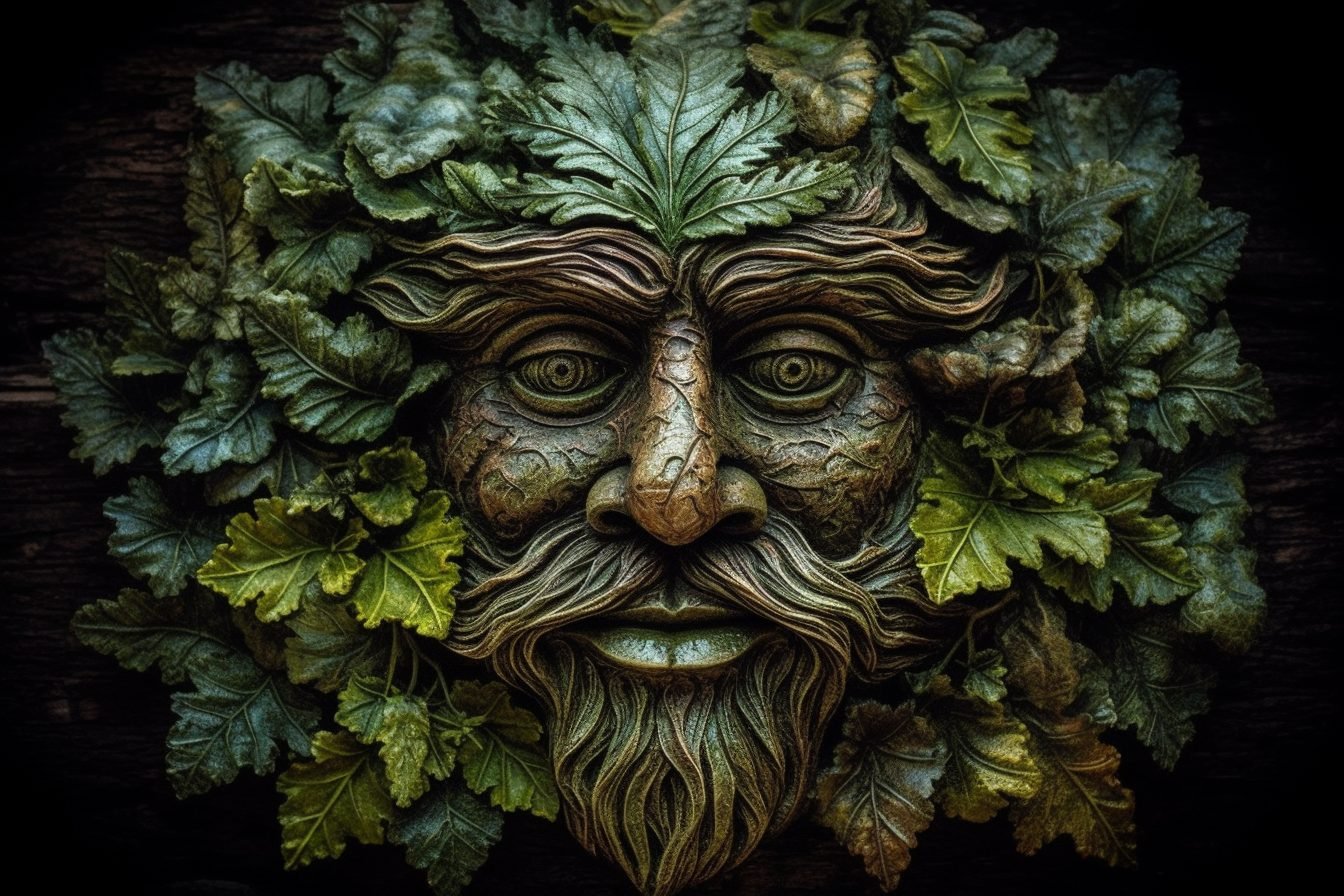
The Green Man is imagery that represents rebirth and growth in the Celtic culture. Several iterations of The Green Men are seen decorating Christian churches, Muslim mosques, and many buildings across Asia. Some iterations of The Green Man look to be older than the 2nd century, which means either The Green Man predates the Celts or their influence was more expansive than previously thought. The Green Man’s appearance is most commonly that of a man with green leaves for a head, plants in his mouth, and grows several greeneries from his facial openings like tear ducts and ears. The Green Man inspired modern-day depictions of Druids and the tree-like ents in J.R.R. Tolkien’s works. It is also possible that the Green Man heads the Celtic ideology of reincarnation.
Several stories claim to be Celtic creation myths, but we have yet to learn which one is true. One report from Gaelic origin claims that, like the titan Cronos, the gods Donn and Danu spawned from nothing and had children that revolted against their father and killed him. His death and their mother’s sorrow created the known world and skies. Another story published in 2002 reconstructed a myth that includes a “Tree of Life” where the sea birthed the goddess Eiocha, and she used a tree to create giants, gods, and humans, ending in a massive flood like the tale of Noah. These tales are connected to Greek and Christian mythological stories and may not accurately represent Celtic creation myth.

Like the world creation myth in Celtic mythology, human creation seems inspired by other Greek or Roman mythological stories. The most famous creation myth in Celtic mythology appears to be in the “Tree of Life” myth, where after Eiocha created her children (the other gods), they used the tree’s bark to make the first man and woman. This story seems to reflect a similar human origin as the bible with Adam and Eve.
Nearly all Celtic groups believe in the Otherworld, where the human spirit remains after death. The Celts from the British Isles generally describe the Otherworld as a place of beauty where the souls thrive with pure joy. Sometimes heroes will visit the Otherworld to conduct business or go on adventures. The Irish Celts have another place called Tech Duinn, where souls gather, reminiscent of the river Styx from Greece or limbo in Christian mythology. It is important to note that some form of reincarnation exists within Celtic mythology. Still, we have yet to find what rules allowed someone to be reincarnated instead of staying in the Otherworld.
